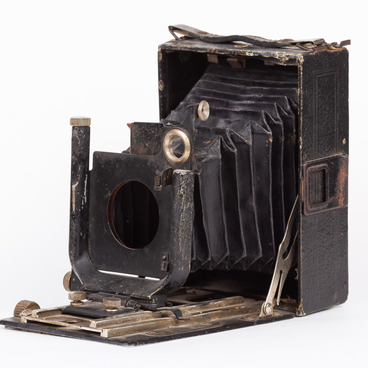The Bashkir adornments are a result of a centuries-old history of people engaged in livestock breeding. The Bashkirs decorated their clothes with coins, shells, corals, and beads. Jewelry was often made of carnelian, amber, beads, and processed glass. They purchased some of these materials from Oriental and Caucasian peoples.
One of the most popular female adornments was a collar necklace, called a selter. the word can be translated as ‘a lace.’ Women wore it over a kirtle, or a dress.
It was a very expensive accessory: one could buy a cow, or a horse for money raised by selling a selter in the late 19th century. Nevertheless, this collar necklace was a key element of the national costume and a very popular adornment. Judging by a selter, one could tell both a woman’s social status and a member of what family she was.
The Bashkirs believed in power of a collar necklace as a talisman, or a good luck charm. People supposed the soul was located where the thyroid gland was. So the neck was to be securely hidden from the evil eye. Thus, they wore selters that not only protected from the evil forces, but also kept light energy in the body. The Bashkirs also thought that silver jewelry ringing at motion, could deter the evil. Women decorated collar necklaces with pieces of mother-of-pearl, agate, or corals. They believed that these materials contributed to fertility.
The most popular shape of a selter was a prolonged one worn together with a wide sewn on belt. A dense fabric was the basis for a traditional collar necklace. It was covered with a thin cloth richly decorated with coral circles. Bashkir women often sewed copper-nickel or silver coins on the basis. They filled the edges of the collar necklace with coins and made coin rows at the waist level. The accessory was often decorated with nets, patterns, chains, beads, buttons, or shells.
The Bashkirs living in different territories wore different collar necklaces. Among peculiarities were: shapes of sewed-on pieces, different order of used corals, and the number of coins.
One of the most popular female adornments was a collar necklace, called a selter. the word can be translated as ‘a lace.’ Women wore it over a kirtle, or a dress.
It was a very expensive accessory: one could buy a cow, or a horse for money raised by selling a selter in the late 19th century. Nevertheless, this collar necklace was a key element of the national costume and a very popular adornment. Judging by a selter, one could tell both a woman’s social status and a member of what family she was.
The Bashkirs believed in power of a collar necklace as a talisman, or a good luck charm. People supposed the soul was located where the thyroid gland was. So the neck was to be securely hidden from the evil eye. Thus, they wore selters that not only protected from the evil forces, but also kept light energy in the body. The Bashkirs also thought that silver jewelry ringing at motion, could deter the evil. Women decorated collar necklaces with pieces of mother-of-pearl, agate, or corals. They believed that these materials contributed to fertility.
The most popular shape of a selter was a prolonged one worn together with a wide sewn on belt. A dense fabric was the basis for a traditional collar necklace. It was covered with a thin cloth richly decorated with coral circles. Bashkir women often sewed copper-nickel or silver coins on the basis. They filled the edges of the collar necklace with coins and made coin rows at the waist level. The accessory was often decorated with nets, patterns, chains, beads, buttons, or shells.
The Bashkirs living in different territories wore different collar necklaces. Among peculiarities were: shapes of sewed-on pieces, different order of used corals, and the number of coins.



